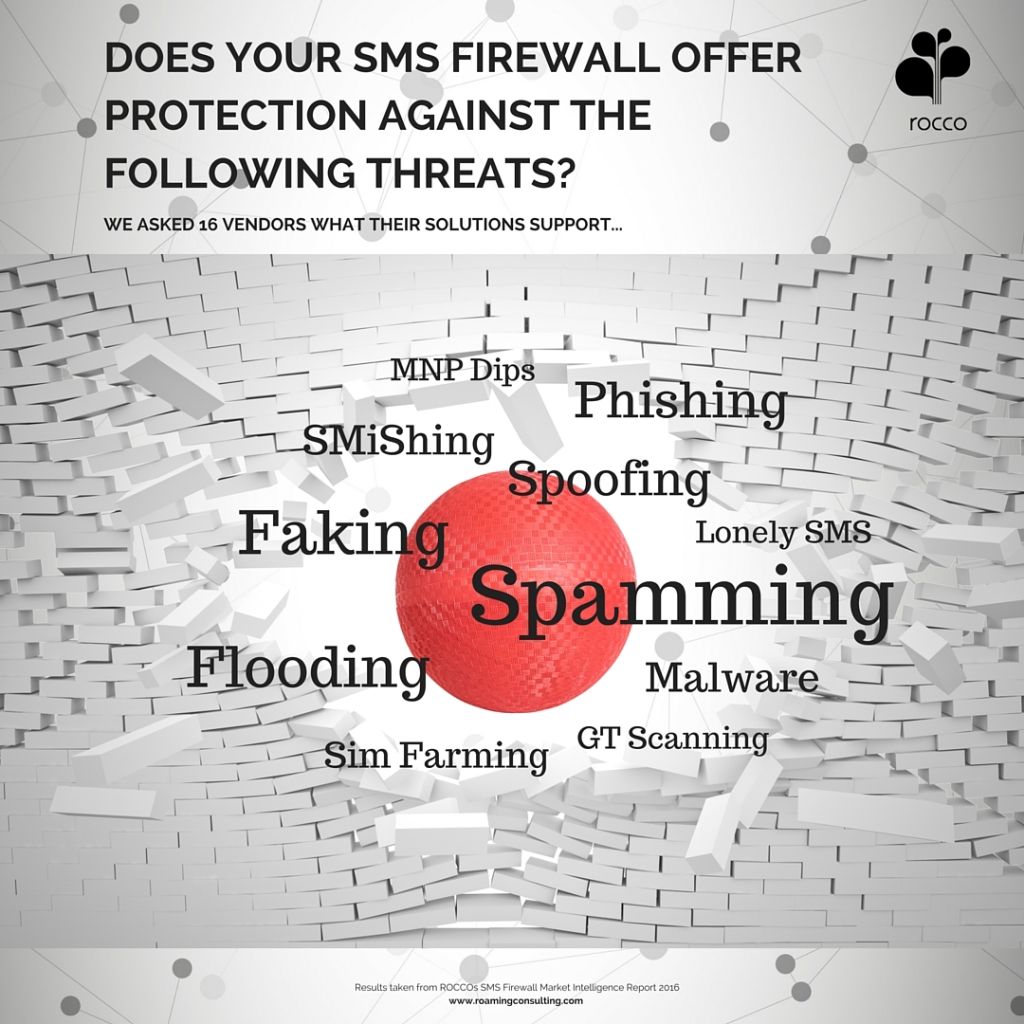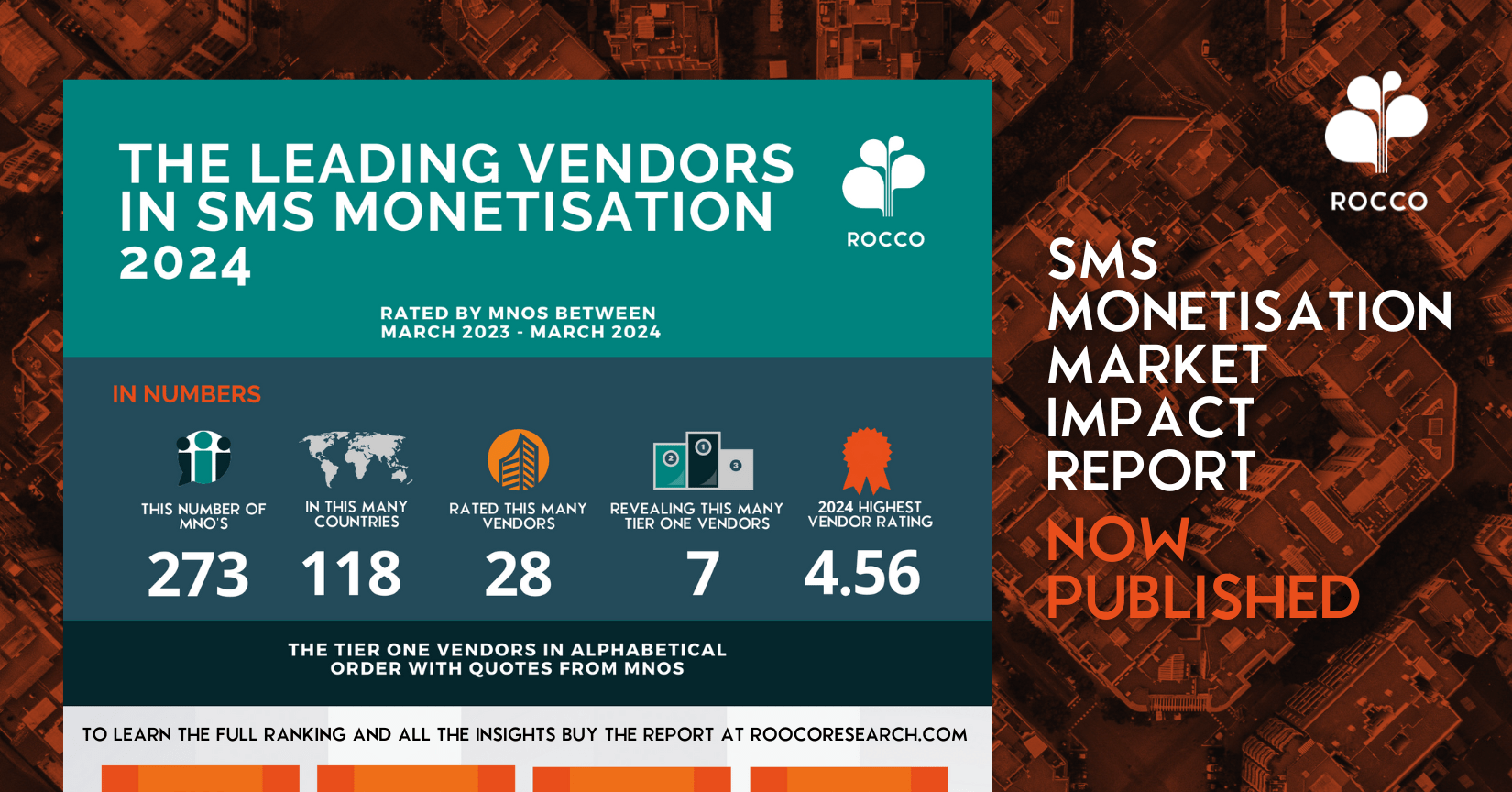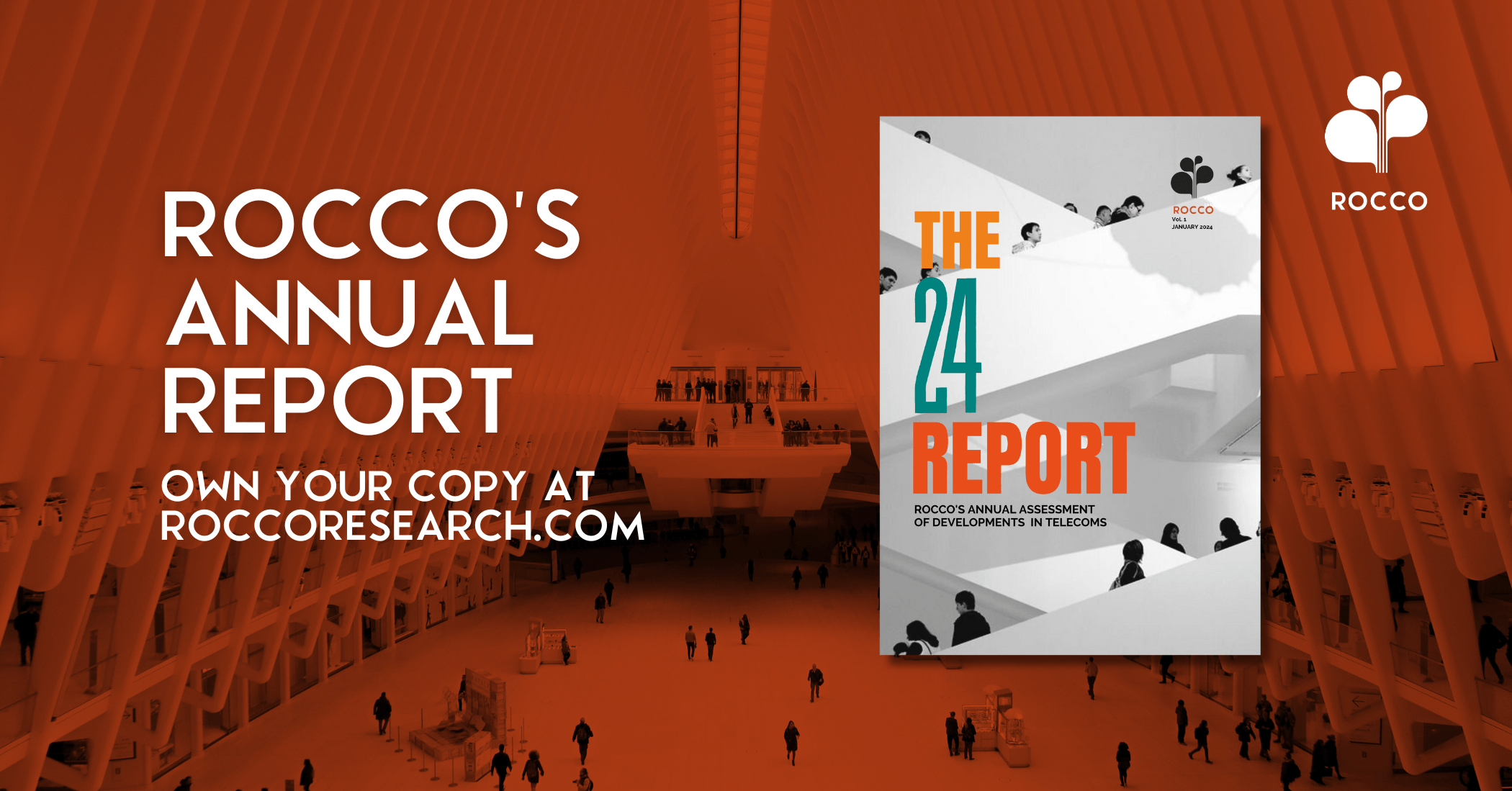THE SURPRISING STORY OF SPAM
 The town of Austin, Minnesota founded 1853 occupies just under 12 square miles near the state’s southern border, with 24,700 residents as of the 2010 census. It’s also home to a street called Spam Boulevard, a restaurant dubbed Johnny’s Spamarama, and still more restaurants serving dishes like the “Spam De’ Melt” (a grilled cheese stuffed with Spam, bacon, and sour cream). Austin’s path to becoming known as “Spamtown, USA” started when George A. Hormel founded his namesake slaughterhouse and meatpacking facility there in 1891, after spending years working in Chicago slaughterhouses.
The town of Austin, Minnesota founded 1853 occupies just under 12 square miles near the state’s southern border, with 24,700 residents as of the 2010 census. It’s also home to a street called Spam Boulevard, a restaurant dubbed Johnny’s Spamarama, and still more restaurants serving dishes like the “Spam De’ Melt” (a grilled cheese stuffed with Spam, bacon, and sour cream). Austin’s path to becoming known as “Spamtown, USA” started when George A. Hormel founded his namesake slaughterhouse and meatpacking facility there in 1891, after spending years working in Chicago slaughterhouses.
Although folklore behind the name Spam varies, Hormel himself claimed the product was named for a combination of the words “spice” and “ham,” despite the fact that neither ingredient appear in Spam. The confusion has led some to speculation that Spam is an acronym for “Shoulder of Pork And Ham,” but company line gives Kenneth Daigneau, the brother of a Hormel VP, credit for naming the product. As Hormel tells it, he launched a naming contest for the new product during a New Year’s Eve party, when Daigneau spit out “Spam” as if “it were nothing at all,” Hormel told Gill. “I knew then and there that the name was perfect.”
But the name SPAM as we know it refers to Junk Messages. Exactly where this first translated to internet messages of varying type, such as chat messages, newsgroups, etc, isn’t entirely known as it sort of happened all over the place in a very short span of years, in terms of the name being applied to these messages. It is however well documented that the users in each of these first instances chose the word “spam” referring to the 1970 Monty Python sketch where SPAM singing was drowning out conversation and SPAM itself was unwanted and popping up all over the menu. In this skit, all the restaurant’s menu items devolve into SPAM.
 The first documented case among Usenet users was March 31, 1993. This is often incorrectly stated to be the first usage of the term spam as referring to spam messages. This first Usenet case came when Richard Depew, who had been playing with some moderation software, accidentally ended up posting around 200 duplicate messages in a row to news.admin.policy newsgroup. The first person to call this spam is thought to be Joel Furr on March 31, 1993. Depew himself apologized referred to his messages as spam. Others say that the term originated on Bitnet’s Relay, which was a very early chat system in the 1980s. Supposedly, users would occasionally come on and annoy other users with unwanted text, including the actual SPAM SPAM SPAM song from Monty Python.
The first documented case among Usenet users was March 31, 1993. This is often incorrectly stated to be the first usage of the term spam as referring to spam messages. This first Usenet case came when Richard Depew, who had been playing with some moderation software, accidentally ended up posting around 200 duplicate messages in a row to news.admin.policy newsgroup. The first person to call this spam is thought to be Joel Furr on March 31, 1993. Depew himself apologized referred to his messages as spam. Others say that the term originated on Bitnet’s Relay, which was a very early chat system in the 1980s. Supposedly, users would occasionally come on and annoy other users with unwanted text, including the actual SPAM SPAM SPAM song from Monty Python.
Another similar chat system on the TRS-80 also reported the same phenomenon and also called it spam. Both these latter two chat system origins are not documented, but numerous former users of these systems have stated they remember this term being use commonly among users of these systems.
In any event, spamming was used here to refer to a few different things including: flooding the computer with random data; “spam the database” by flooding it with new objects; and flooding a chat session with a ton of unwanted text. Basically, anything that had to do with filling other member’s accounts with unwanted electronic junk.
Today we know Spamming in the SMS Firewall context as an action where the subscriber receives an unsolicited SMS. As an unsolicited SMS, the subscriber did not request to receive this message. It is the use of electronic messaging systems to send unsolicited messages (spam), especially advertising, as well as sending messages repeatedly on the same site. While the most widely recognized form of spam is email spam, the term is applied to similar abuses in other media: sms spam, instant messaging spam etc, television advertising and file sharing spam.
04/04/2016 London. ROCCO Research publishes a new report into SMS Firewall Market Intelligence. In creating this report ROCCO has interviewed 16 SMS Firewall Vendors to provide an overview of their businesses, revenues, services, outlook and the regional development of the SMS Firewall marketplace. This report supports ROCCOs A2P SMS Messaging Market Intelligence Report 2016 published last month in providing guidance to MNOs and supporting them in the development of their SMS messaging monetisation strategy and business opportunities.
For more about our Report simply follow this link…
http://www.eater.com/2014/7/9/6191681/a-brief-history-of-spam-an-american-meat-icon
Source: Monty Python, Eater, Today I found Out,










